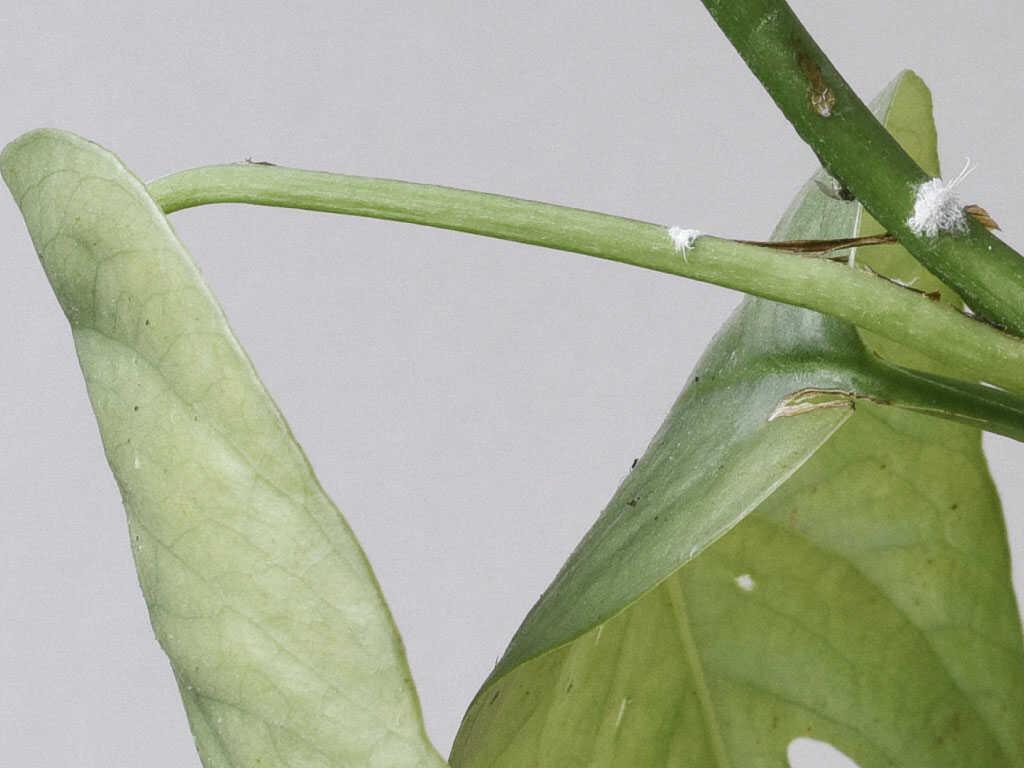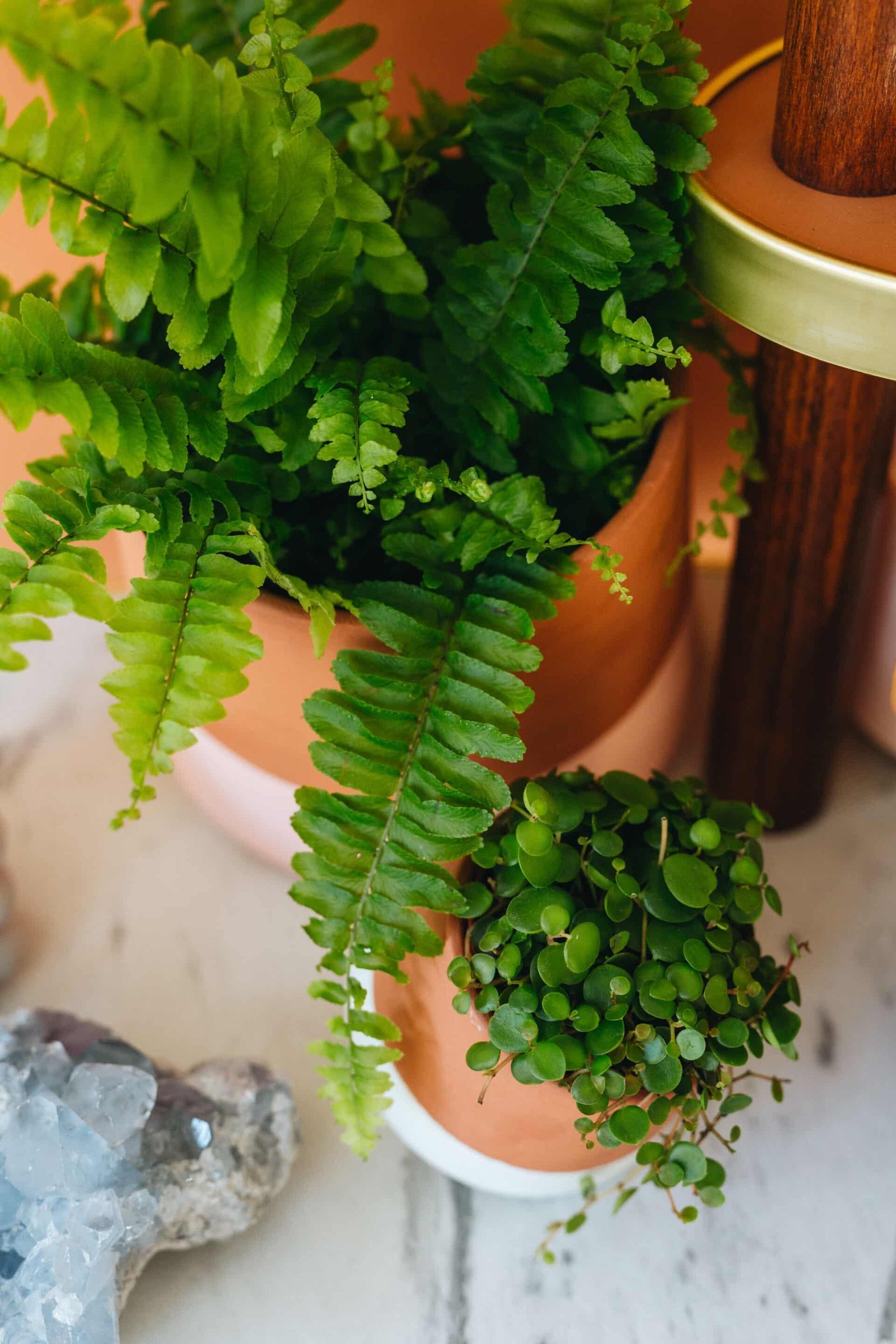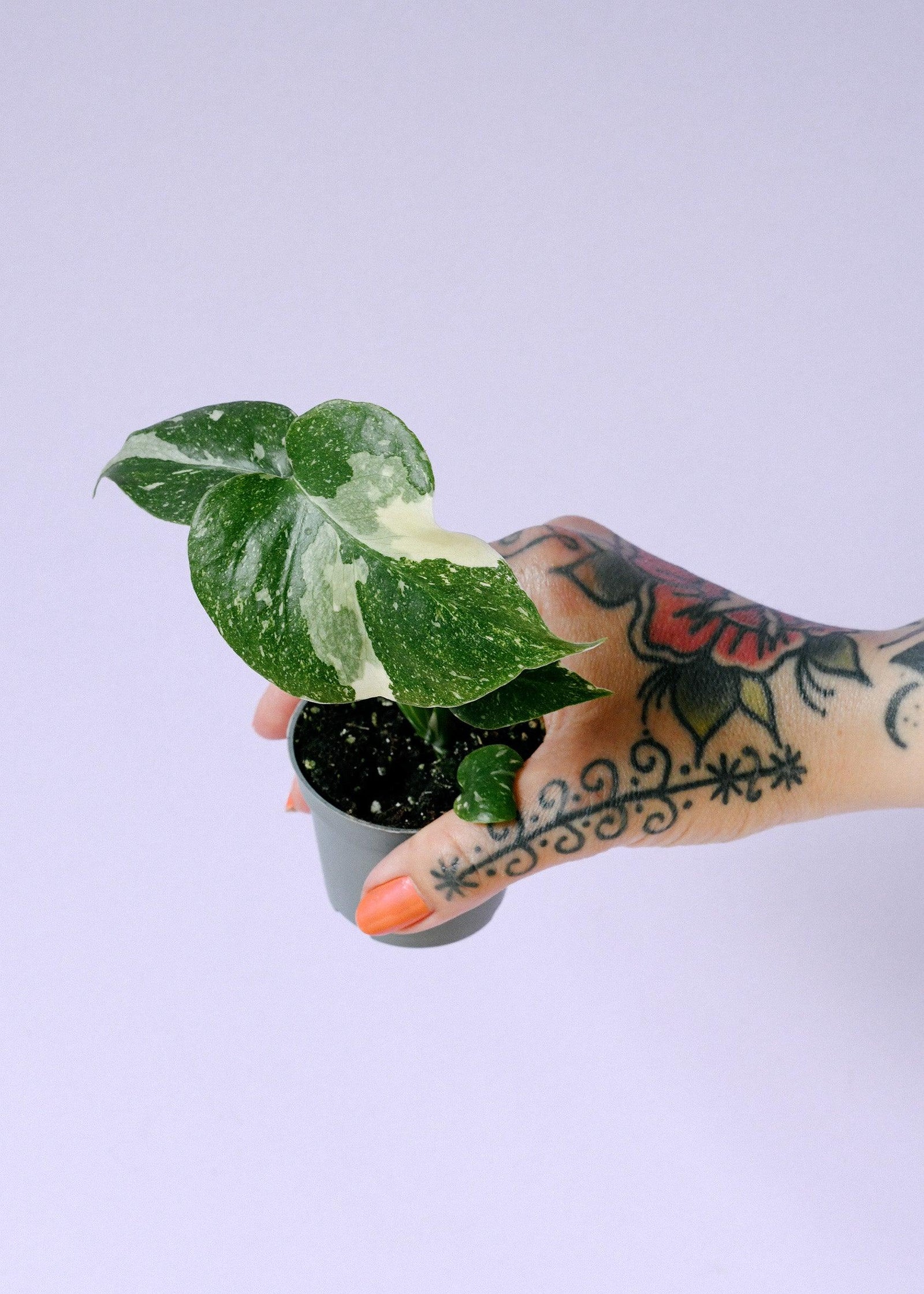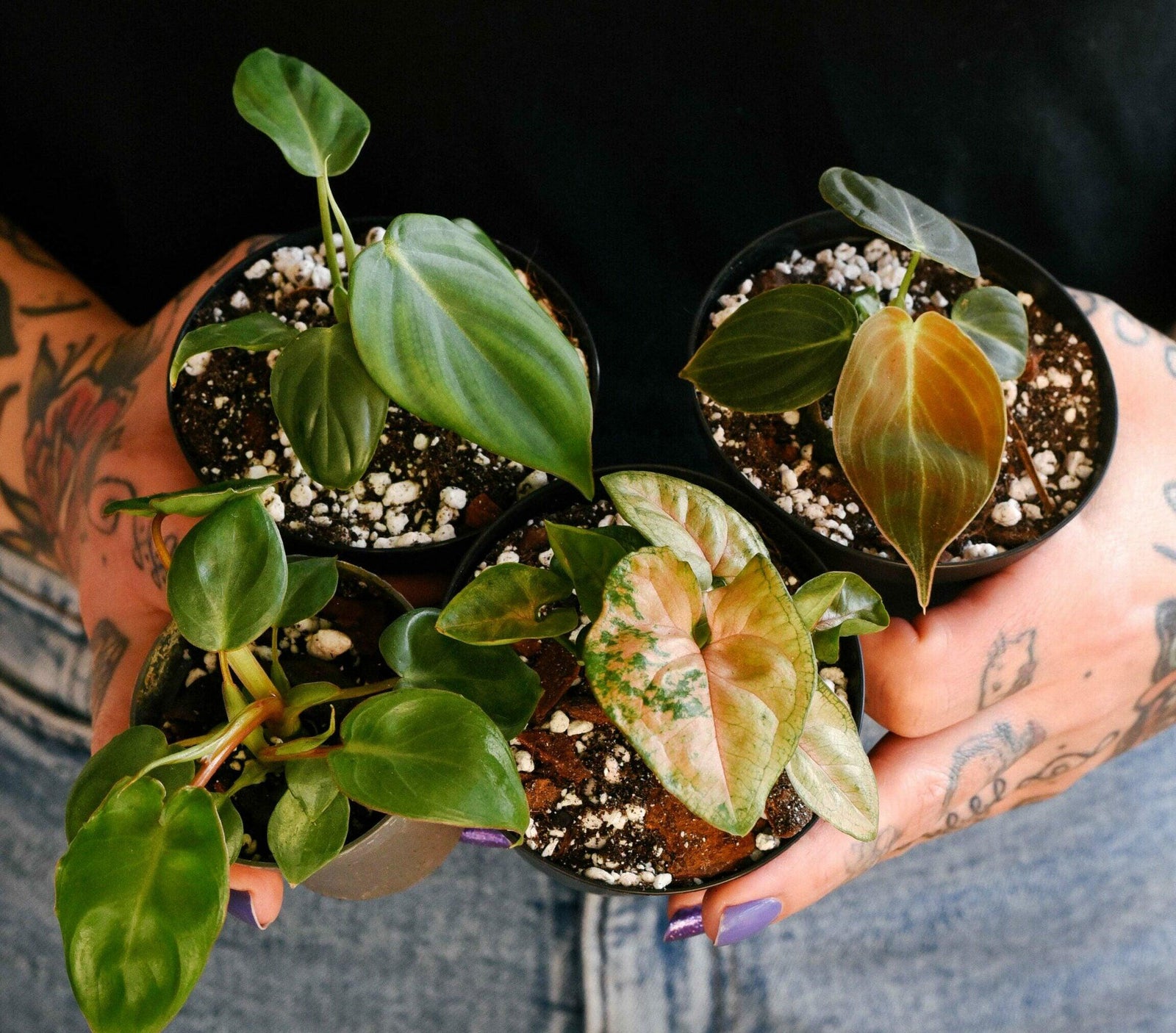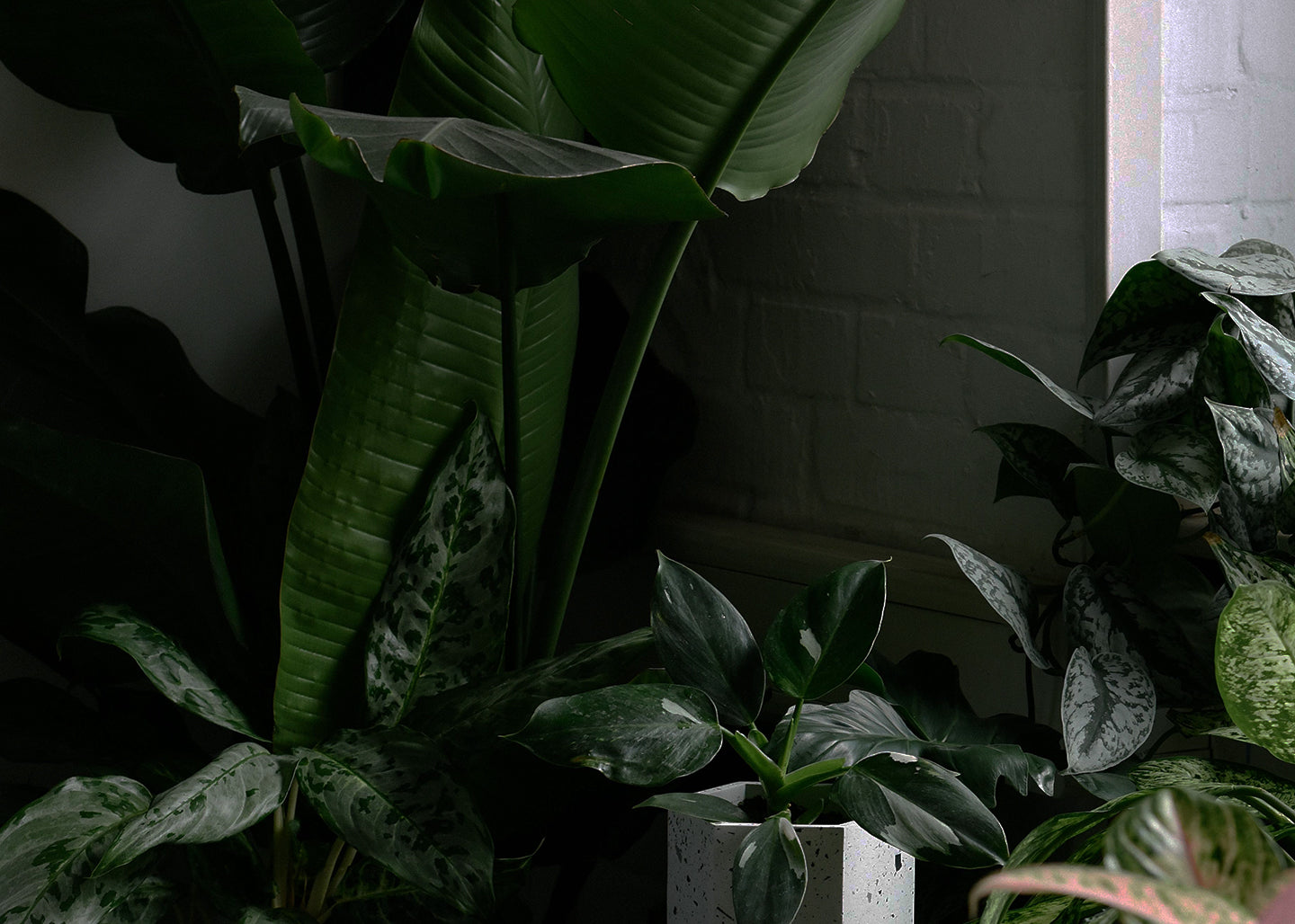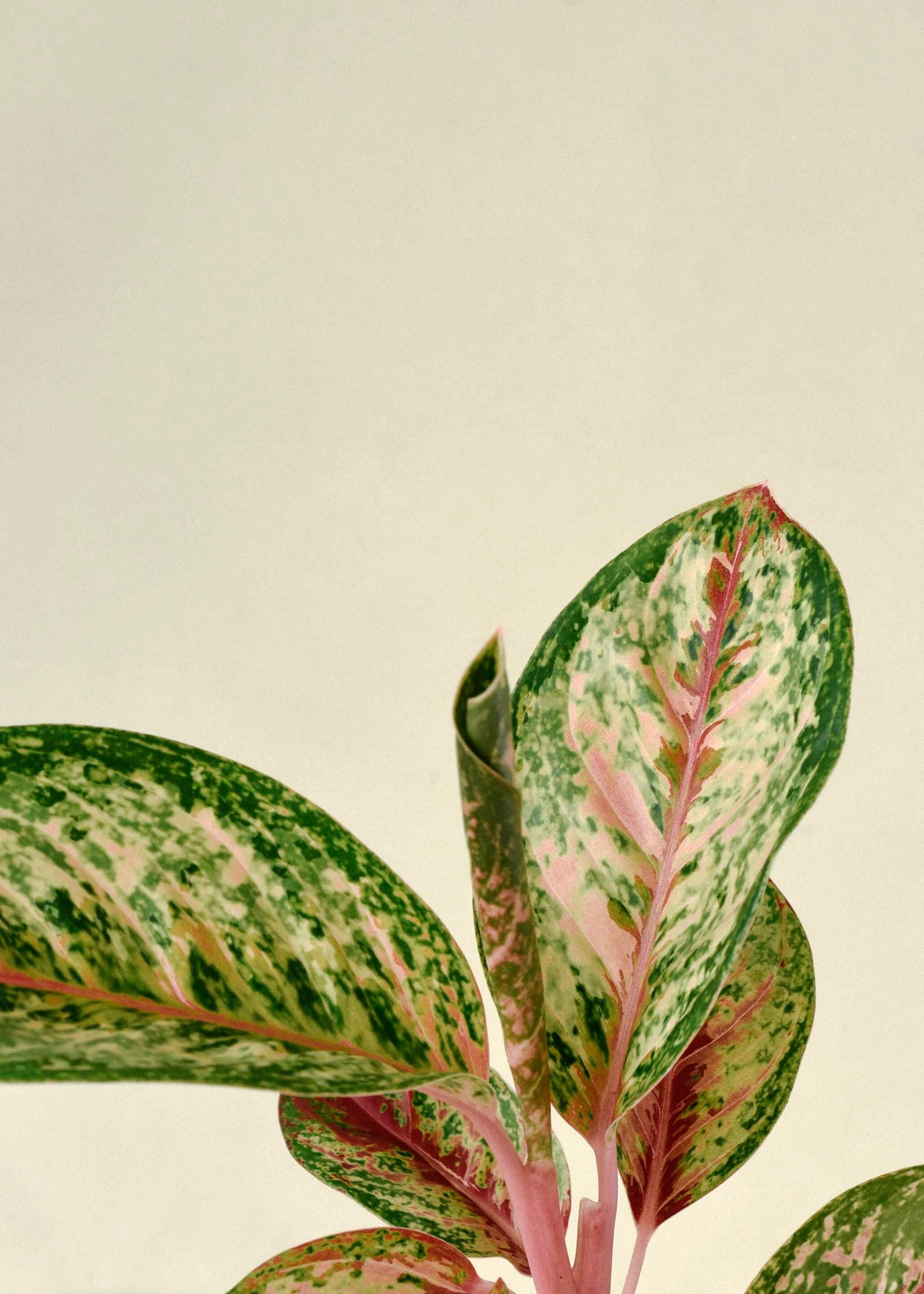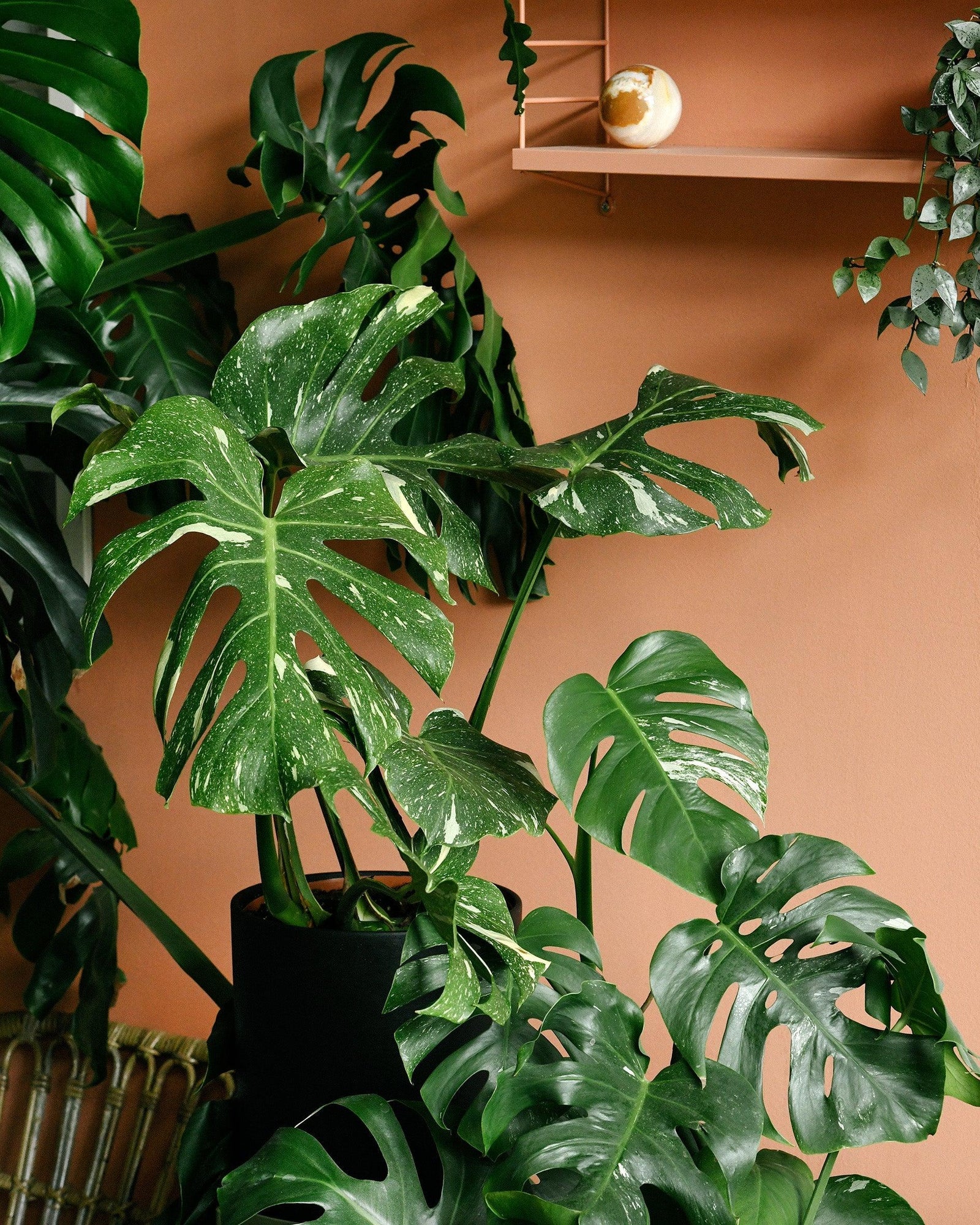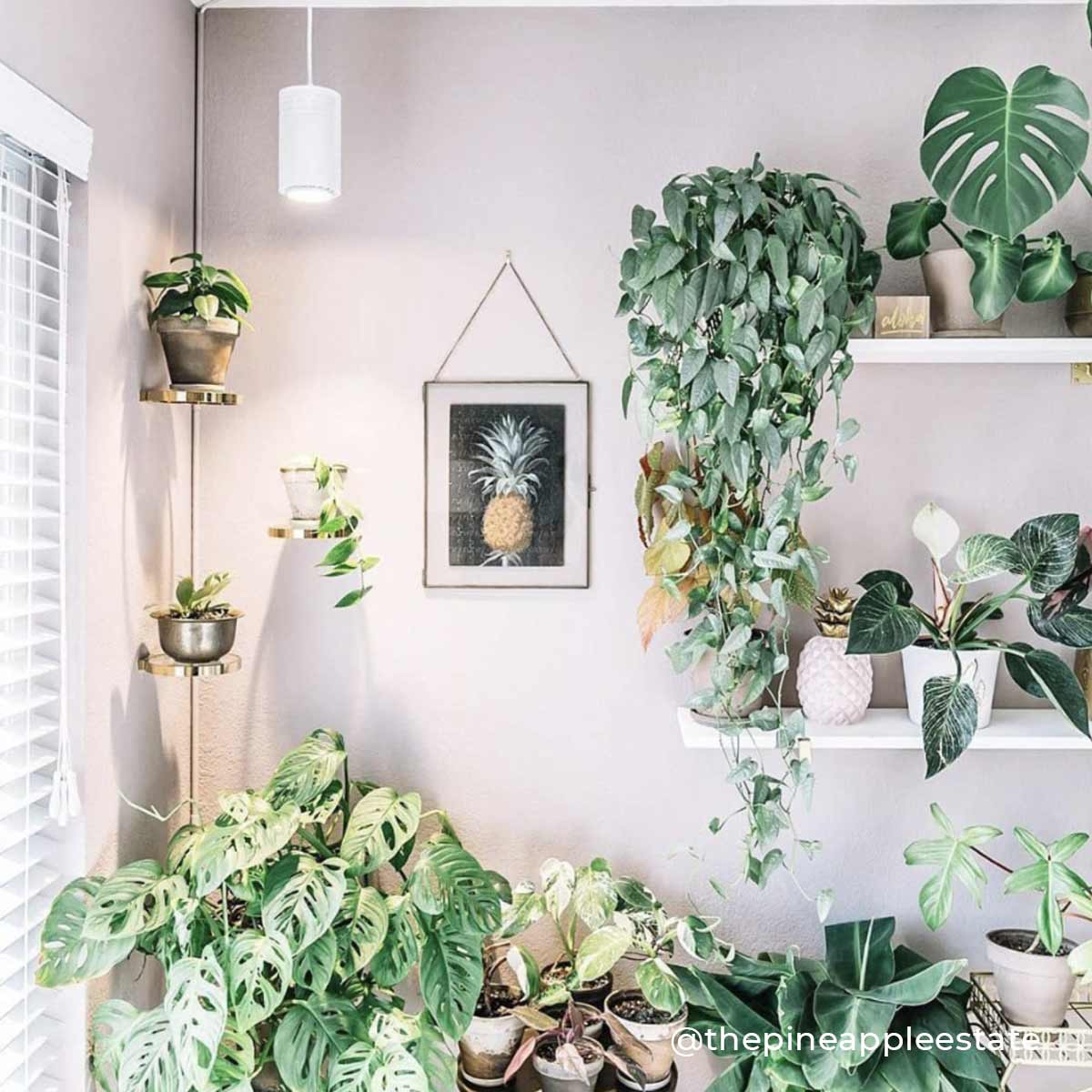by Plant Circle
Why Do Some Plants Have Two Names? Understanding Botanical and Common Names
Have you ever noticed that some of your favorite plants go by more than one name? For instance, you may have seen the popular Alocasia Frydek, but it also goes by Alocasia micholitziana. This dual-naming system can be confusing for plant lovers, especially when trying to find reliable care information or discussing plants with others. Let's explore why plants often have two names and how this naming system helps (or sometimes complicates) our understanding of the green world.
1. The Botanical Name: A Global Standard
The first name for a plant, like Alocasia micholitziana, is its botanical name. This name follows specific rules set by botanists to create a global standard. Here’s what makes botanical names so useful:
Consistency Across Languages and Regions
Botanical names are part of a standardized system called binomial nomenclature (meaning "two-name system") created by Carl Linnaeus in the 18th century. This system provides each plant with a unique name that’s recognized worldwide, regardless of language or local customs.
For example, Alocasia micholitziana will be known by this name whether you’re in the United States, Japan, or Brazil, avoiding confusion caused by regional or language-based common names.
Precision in Plant Classification
Each botanical name has two parts:
Genus (e.g., Alocasia): This is the plant’s larger family group, grouping together plants with similar characteristics.
Species (e.g., micholitziana): This identifies the individual species within the genus, giving it a unique identity.
In some cases, there may also be a varietal or subspecies name if a plant has naturally occurring variations. These classifications help scientists, botanists, and growers to discuss and study plants accurately and track subtle differences between similar species.
2. The Common Name: Plant Names in Everyday Language
The second name you often hear for a plant, like "Frydek," is its common name. Common names are usually less formal and vary based on local culture, language, or even popular trends.
Easy to Remember
Common names are often catchier and easier to remember than botanical names, especially for casual plant enthusiasts. For instance, “Alocasia Frydek” might be easier to recall than Alocasia micholitziana, particularly when recommending the plant to a friend.
Naming by Appearance or Origin
Common names often come from distinctive characteristics, like shape, color, or origin. "Frydek," for example, refers to a specific variety of Alocasia micholitziana known for its velvety, dark green leaves and prominent white veins. Common names can evoke an image of the plant, making it easier to associate the name with its look.
However, one plant might have several common names in different regions or languages, which can cause confusion. This is why botanical names remain important for precision, especially in scientific contexts.
3. Why It’s Important to Know Both Names
For plant enthusiasts, knowing both the botanical and common names can be incredibly helpful:
Finding Accurate Care Information: Sometimes, searching for care tips by common name alone can lead to confusion, as many plants share similar nicknames. If you search "Frydek," you might get mixed results about its care requirements. However, using its botanical name, Alocasia micholitziana, can help you find more precise care information specifically for this variety.
Shopping for Plants: Knowing both names helps when buying plants online or at nurseries. For example, if a plant shop labels it as Alocasia micholitziana but you've only heard it called "Frydek," you might miss out on the plant you’re looking for—or accidentally buy a similar species instead.
Avoiding Mix-ups with Similar Plants: Some plants have similar appearances but belong to entirely different species. For instance, the "Philodendron" and "Pothos" genera have plants with heart-shaped leaves that can be confused. Relying on botanical names can help you distinguish between look-alikes and ensure you’re purchasing or caring for the correct plant.
4. Why Some Botanical Names Change Over Time
Sometimes, the botanical names of plants actually change! Advances in genetic research allow botanists to classify plants more accurately based on their DNA. Occasionally, a plant may be reassigned to a different genus or have its species name updated. For example, Sansevieria trifasciata (commonly known as "snake plant") was recently reclassified as part of the genus Dracaena.
While these changes may feel like extra steps for plant enthusiasts, they’re part of the effort to keep our knowledge of plant species up to date and accurate.
5. Tips for Remembering and Using Plant Names
To avoid confusion, here are a few simple tips for remembering and using plant names:
Keep a Plant Journal: Write down both the botanical and common names of your plants. This way, you’ll have a quick reference if you need specific information.
Label Your Plants: If you have a large collection, label your pots with both names. Not only is it helpful for care, but it’s also a great conversation starter with guests who are curious about your plants.
Ask for Botanical Names When Shopping: When buying plants, ask nursery staff for the botanical name. Most plant sellers are happy to provide this information to help you find care information and avoid mix-ups.
Use Plant ID Apps: Many plant identification apps, such as PictureThis or PlantSnap, offer both common and botanical names, which is useful when researching plants or expanding your collection.
In Summary
While it might seem confusing at first, having both botanical and common names for plants can be incredibly helpful. Botanical names ensure accuracy and global understanding, while common names provide familiarity and accessibility. Embracing both types of names can enrich your plant knowledge, help you care for your plants effectively, and connect you with other plant enthusiasts worldwide.
So the next time you’re admiring your Alocasia Frydek (Alocasia micholitziana), you can appreciate both the history and the science behind its name! Happy planting!
Read about some of our other answers to some beginner house plant question here.
